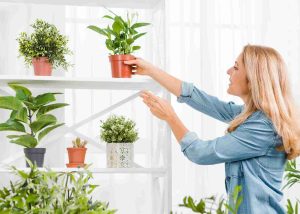I used to think keeping my plant near a window was enough. But one day, I saw brown spots on the leaves and the plant looked weak. That’s when I started learning about plant getting too much or too little light.
Some plants got leggy and stretched toward the window. Others had faded or burnt leaves. I realized each plant getting too much or too little light reacts differently. It took me a while to figure it out, but now I know what signs to look for.
When a plant gets too much light, leaves can look scorched. When it gets too little light, the plant grows slowly and looks pale. I now move my plants around until they look happy again. In this article, I’ll share easy tips from my own experience to help you recognize if your plant is getting too much or too little light, so you can adjust and grow healthier, happier plants.
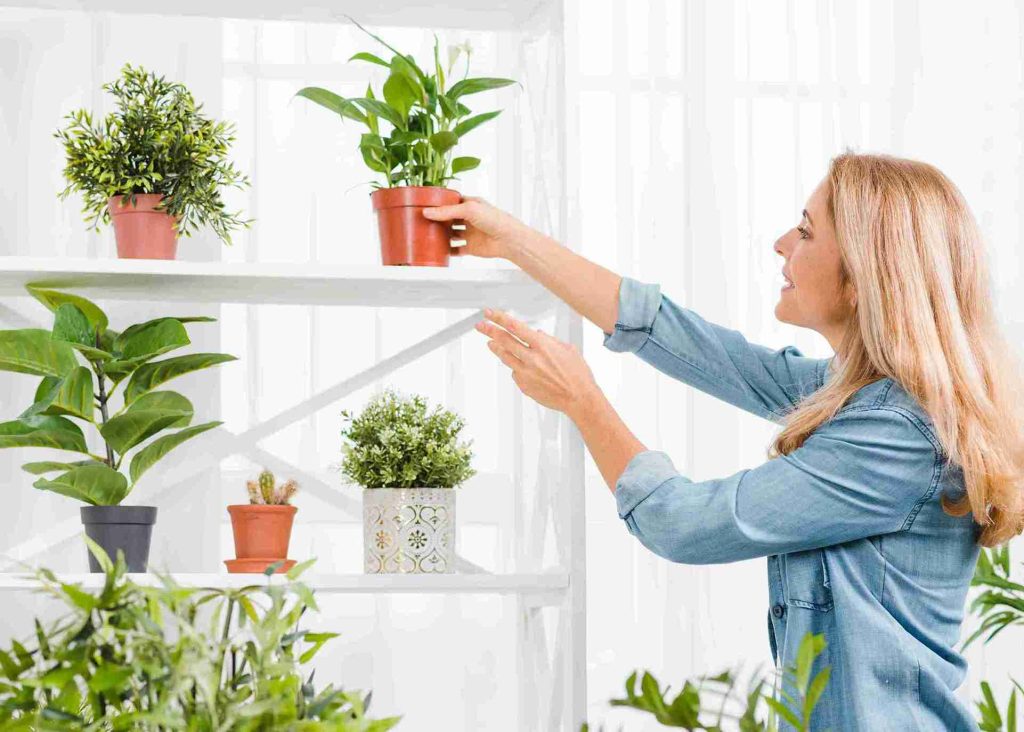
My First Mistake with a Plant Getting Too Much or Too Little Light
When I bought my first plant, I was so happy. I placed it on my bedroom shelf, thinking it would grow big. But after some days, I saw yellow leaves. I didn’t know what was wrong. Later, I found out it wasn’t getting enough light. I felt bad. I had no idea light was that important. Plants need light like we need food. Without it, they get weak and sick.
If your plant looks sad, check the light. Try moving it near a window. If leaves turn green again, it means more light helps. That was my first lesson with plants. Now I always check the light first. You can avoid my mistake. Watch your plant every day. If leaves turn yellow, it might want more light. But don’t give too much.
That also hurts. Start slow. Move the plant little by little. Find a happy place for it. Not too dark. Not too bright. I learned by doing. You can too. Just watch and learn. Your plant will show signs. You only need to listen and look. Every plant tells a story. We just need to read it.
Signs of too much Light on Plants
One time I moved my plant near a sunny window. I thought the sunlight was great. But after some days, I saw brown spots. The leaves felt dry. I got worried. I checked the plant every day. Then I found the problem. Too much sun was burning the leaves.
It was like a sunburn for my plant. I didn’t know plants could get sunburns. But they can. When the light is too strong, leaves get crispy. They turn brown or white. The tips dry out fast. If you see this, move your plant away. Try a spot with less sun. Maybe use a curtain to block strong light. Or move it back a few feet. I did that. After some time, the plant looked better. The brown spots stopped. New leaves came in green. That made me happy.
Too much light can be bad. Plants need balance. Just like we do, so always check for burnt tips. If the plant looks sad, change its place. A small move can help a lot. I learned this after burning my plant. But now I know. You will know too. Just keep watching your plant. It will show you what it needs.
Signs of Too Little Light
My next mistake was keeping a plant too far from light. I thought any light in the room was fine. I put the plant in a dark corner. After a while, it looked weak. The leaves drooped. Some fell off. I didn’t understand why. I watered it often. But still, it looked sad. Then I read that light is like food for plants. I moved the plant near the window. In a few days, it looked stronger. The leaves perked up.
That’s when I knew. It was not getting enough light. If your plant grows slowly or leans to one side, it needs more light. Some plants even stretch their stems to find light. That’s called legginess. It means they want more light. You can fix this. Move them to a brighter place. I now check my plants every week.
I look for droopy leaves or thin stems. That helps me know if they need more light. You don’t need fancy tools. Just look and see. Is your plant happy? Is it green and upright? If not, try giving it more light. That simple change can save it. I learned this from a dark-corner mistake.
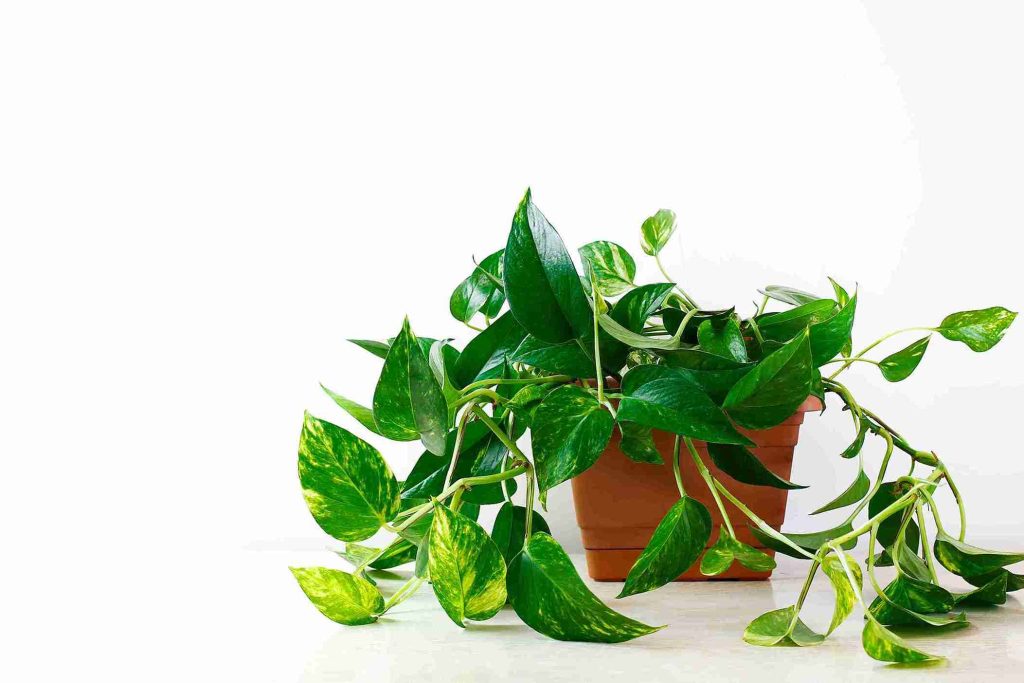
The Best Spots for Happy Plants
After a few mistakes, I started testing new spots. I tried placing my plants in different windows. Some windows gave too much sun. Some gave too little. I learned that south-facing windows give strong light. East-facing ones give soft morning light. My plants love the east window. They get just enough sun. I also tried using sheer curtains. They help filter strong light. That keeps my plants safe.
I now move plants around until they look happy. It takes time, but it works. Some plants like bright spots. Others like shady ones. I learned to check my plant’s type. That helps me choose the best spot. For example, succulents love lots of light. Ferns like low light. I watch how each plant reacts.
If a leaf turns yellow or brown, I change the spot. If new leaves grow fast, I keep it there. The right place makes a big difference. I didn’t know this before. But now I see how light helps plants grow. Each plant has its favorite place. You just have to find it. It’s like finding the best chair in the room. When you find it, your plant will show joy.
Using Grow Lights Indoors
During winter, my house gets dark. There is less sunlight. My plants started looking sad. I didn’t want them to die. So I bought a grow light. I didn’t know much about it. But I read some guides online. Grow lights help when there is not enough sun. I placed one near my plants. I turned it on for a few hours daily. After a week, my plants looked better.
The leaves turned green again. They stood tall. I was so happy. Grow lights work like the sun. They give plants fake sunlight. It helps them stay strong. You can buy small ones for your desk. Some are big for many plants. I use a timer. That way, I don’t forget to turn it off. Too much light is also bad. I keep the light on for 6-8 hours.
That works well. Grow lights saved my plants. Now I use them every winter. You can try it too. They are easy to use. Just plug in and go. Your plants will thank you. I didn’t know indoor lights could help so much. But now I use them every day. It changed how I care for plants.
Checking Light with Your Hand
I found a simple trick to check the light at home. I use my hand. On a sunny day, I place my hand near the plant. If I see a sharp shadow, it means bright light. If the shadow is soft, the light is medium. No shadow means low light. This trick is easy and fun. I learned it online. I use it all the time. It helps me find the right spot. Plants love different light levels. My succulents are like sharp shadows. My snake plant likes soft ones.
I test each spot with my hand. Then I decide where to place the plant. You don’t need tools or meters. Just your hand and the sun. I will check again if the weather changes. Cloudy days give less light. So I move my plants sometimes. It’s a fun way to care for them. I show my friends this trick. They love it too. It’s simple but helpful.
Try it with your plants. You will see the light better. You will learn what each plant needs. This trick made my plant care easy. You can do it too. Just hold your hand and look at the shadow.
Watching Your Plant’s Growth
Your plant’s growth tells a big story. I learned this slowly. At first, I didn’t notice changes. But then I started paying attention. If a plant grows fast and strong, it loves the light. If it grows thin or leans, it wants more. One of my plants started bending toward the window. I turned it every few days. That helped it grow straight. If leaves are small, the plant may need more light. If they turn pale, check the light too.
Green, wide leaves show happiness. That means light is just right. I now write notes in a small book. I track leaf color and size. That helps me remember what worked. It also shows me if something is wrong. Growth is like a plant’s report card. It tells you how it feels. If your plant looks different, change the light.
Try new spots. Use curtains or lamps. I move my plants often. That keeps them happy. Each plant has its own way. Some like change. Some do not. I learned all this by watching. You can too. Just take time and care. Growth will tell you the truth. You only need to listen.
When Light Hurts More Than Helps
Yes, light is good. But too much light can hurt. I made that mistake. I placed a cactus too close to a hot window. The sun was strong. The cactus turned yellow and soft. I felt bad. I moved it back. It slowly healed. That taught me a big lesson. Not all plants like full sun. Even cacti need breaks. If a plant turns pale or crispy, it’s had too much.
Watch the leaf color. Feel the leaves. Are they dry or hot? That means too much light. Some leaves even get spots. I now move plants during hot times. The afternoon sun is the strongest. The morning light is soft. I give morning light to soft plants. I learned this with time. If you see your plant burning, act fast. Move it right away. Give it shade.
Use a curtain or shift it to another room. I never want to burn a plant again. You won’t either. Just keep checking. Light is not always good. Sometimes, less is more. That’s what my cactus taught me. Plants need care, not just light. Learn from your plant. It will show you what it loves.
Using Mirrors to Add More Light
My living room has one dark corner. I wanted a plant there. But no light reached that spot. I tried a trick I saw online. I placed a mirror beside the plant. The mirror bounced light into the corner. It worked! The plant started looking better. The leaves looked green again. I was so happy. Now I use mirrors in many places. They help brighten dark areas. I place them near windows. That way, more light spreads around. It’s a cheap trick. You don’t need fancy gear. Just a mirror and sunlight. I even told my friends. They tried it too. Their plants looked better.
You can use small or big mirrors. Just make sure they face the light. Then point them toward the plant. Try it with one plant first. See if it helps. I bet it will. My snake plant loves the mirror trick. It stays green all year. You can help your plants too. Just reflect more light. It’s fun and easy. A mirror can do magic. I never knew light could bounce like that. Now I use it all the time. It saved my dark corner plant.
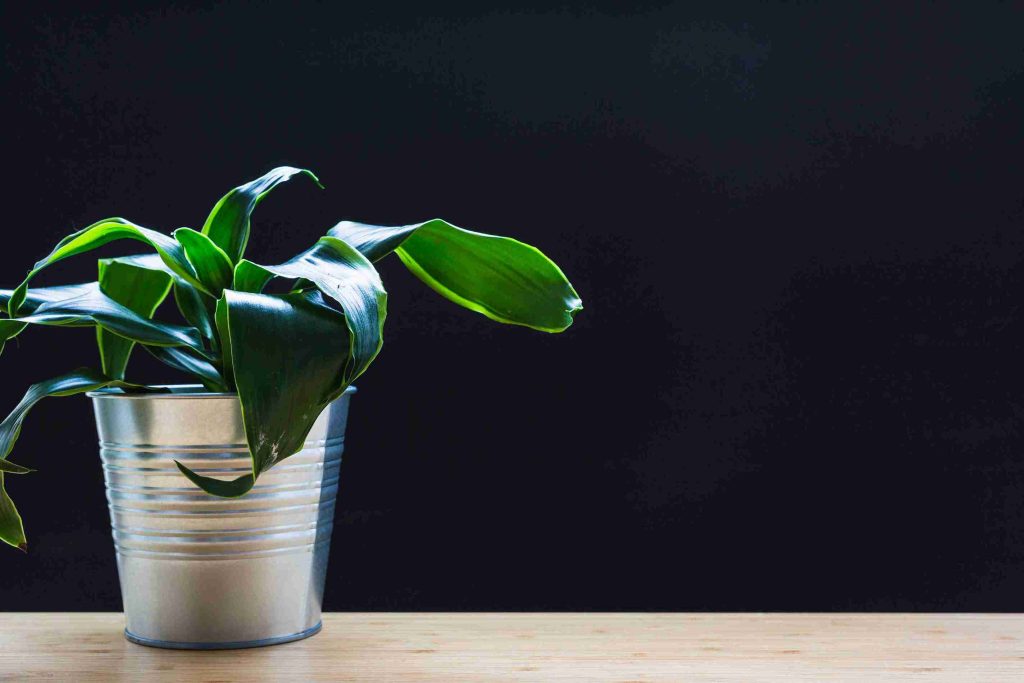
Can Plants Get Too Much Sunlight?
Yes, I’ve seen my plants suffer from too much sunlight. One summer, I placed my pothos near a sunny window. Within days, the leaves turned yellow and crispy. I didn’t know what was wrong at first. I checked the soil, but it wasn’t dry. Then I noticed the sun’s harsh afternoon rays. The direct sunlight scorched the soft leaves.
I quickly moved the plant to a spot with filtered light. It recovered slowly after a few weeks. Since then, I’ve paid attention to each plant’s light needs. Some of my succulents love direct sun, but leafy plants don’t. I now rotate my plants if they get too much exposure. I also use curtains to soften strong sunlight indoors. Too much light can dehydrate the plant and burn the leaves. It can even stop growth in sensitive species.
I’ve learned that balance is the key. Every plant needs sunlight, but not all enjoy full exposure. Watching the leaf color and texture helps me decide if they’re happy. I trust the signs my plants show. If they look stressed, I adjust the light immediately. This way, I help them stay healthy and strong.
Can Grow Lights Burn Plants?
Yes, I’ve accidentally burned my plant with a grow light. At first, I thought more light meant faster growth. I placed the grow light too close to my monstera. After a few days, I saw brown spots on the leaves. They looked dry and curled at the edges. I didn’t realize the light was too strong. I checked the label and saw it was a high-intensity bulb.
I moved the light back and gave the plant time to heal. The damage slowed new growth for weeks. I now use a light with adjustable brightness. I also set a timer for no more than 12 hours. Too much artificial light can stress or burn the plant. It’s just like sunburn from natural light. I learned to feel the heat from the bulb with my hand.
If it feels hot on my skin, it’s too close for the plant. Some lights emit strong UV rays that harm leaves. Now I choose full-spectrum lights made for houseplants. I also monitor the plant’s response daily. If it shows signs of stress, I move the light further away. I’ve learned that grow lights help, but only with careful use.
Is Too Much Light Bad for Plants?
Yes, I’ve seen how too much light can harm plants. I once placed a peace lily in direct afternoon sunlight. Within a few days, the leaves turned brown and curled. I didn’t expect light to cause damage like that. But it burned the delicate leaves quickly. Even my snake plant, which loves light, got pale. The leaves lost their vibrant green and looked weak. I realized too much light can dry out the soil fast.
The roots get stressed, and growth slows down. Some of my plants even stopped producing new leaves. I now research each plant’s light preference before placing it. Some need bright indirect light, while others need low light. Too much light makes some plants go into survival mode. They stop growing and focus on staying alive.
That’s when I adjust the light or move them to shade. I use sheer curtains to block intense sunlight. I also rotate pots to avoid uneven growth. I’ve learned to observe my plants every day. If they look tired or faded, they’re getting too much light. Healthy plants show deep green leaves and strong stems. That’s how I know they’re happy with the light they get.
How Close Should a Grow Light Be to a Plant?
I’ve learned that growing light distance really matters. I used to place the light just a few inches away. That caused some leaf tips to burn and dry out. Now, I follow the rule: 6 to 12 inches for most plants. For low-light plants, I keep the light about 12 inches away. For sun-loving ones, I go closer, around 6 to 8 inches.
I always check the plant’s response after a few days. If the leaves curl or bleach, the light is too close. I also check the temperature around the plant with my hand. If it feels hot, I raise the light higher. LED grow lights give off less heat, which is safer. I now use adjustable lights so I can move them easily. Some plants grow tall and need the light raised over time.
I also use a timer for 12 to 14 hours a day. Too much light, even from a distance, still causes stress. The right distance helps plants photosynthesize without burning. I’ve made adjustments based on the plant type and size. Now my plants grow better and look healthier. It’s all about balance and observation.
What Happens to Plants Without Sunlight?
I once forgot a plant in a dark corner for weeks. When I found it, it looked weak and pale. The leaves were yellow and droopy, and growth had stopped. That’s when I learned plants can’t live without light. Sunlight gives them energy through photosynthesis. Without it, they can’t make food to grow. My plant had used all its energy reserves. It wasn’t growing or producing new leaves. Even the stems looked soft and thin.
I moved it to a brighter spot near a window. But the damage was already done. Only a few leaves recovered after weeks of care. Some plants died completely because I ignored their light needs. Now, I make sure every plant gets some natural light daily. If natural light is limited, I use grow lights. Plants need light to survive, not just for growth. Without it, they slowly fade and die. I check their position often, especially in winter. A bright window or artificial light keeps them healthy. Light is just as important as water for plants. I’ve learned never to underestimate its role again.
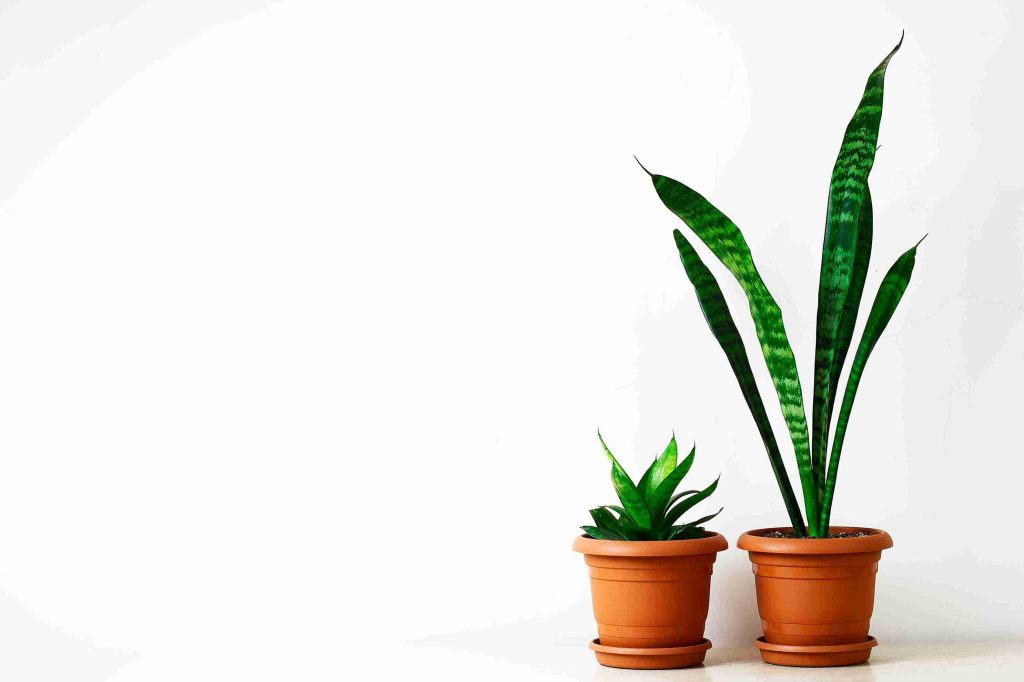
Conclusion
I made many mistakes with plant light. But I learned each time. Now I know how to check the light. I look at shadows, leaf color, and plant growth. I test with my hand. I move plants often. I use grow lights in winter. I use mirrors for dark spots. Each trick helps a lot. I also keep notes in a notebook. That helps me remember what worked.
I write down dates and changes. You should try that too. It keeps things simple. No stress. Just learning. Plants are fun. They teach you patience. They show love with growth. If you give the right light, they will thank you. Don’t worry if you mess up. I did too. Just watch and learn.
Your plants will guide you. They show what they need. You just need to see it. Use these tips. Try each one. Find what works for your home. Every place is different. Every plant is special. Treat them with care. Give them the light they need. And they will grow with joy. That is what I learned. And I hope you will too. Your plant journey will be beautiful. Just follow the light.
FAQ
Symptoms of too little light for houseplants
Plants with too little light will have slow growth and small leaves. They may also stretch toward the light source.
How to tell if the indoor plant needs more light
If your plant is leggy or leaning, it needs more light. Leaves may become small and sparse when light is insufficient.
Leaf discoloration from too much sun
Leaves turn yellow or brown when exposed to too much sunlight. This is often caused by sunburn.
What does leggy plant mean
A leggy plant has long, weak stems and sparse leaves. It is usually a sign of not enough light.
Why are my plant leaves pale?
Pale leaves can mean your plant is not getting enough light. It may also indicate a nutrient deficiency.
How to fix light problems in houseplants
Move plants to a brighter location or use grow lights. Check for the right light conditions for your plant type.
Best light for indoor plants with yellow leaves
Bright, indirect light is best for plants with yellow leaves. Avoid direct sunlight, which can burn delicate leaves.
Plant leaves turning brown from sunlight
Leaves turn brown from sunburn when exposed to direct light. Move plants to a spot with filtered light.
How to spot light stress in plants
Signs of light stress include yellowing, browning, or wilting leaves. The plant may also stretch toward the light source.
Difference between sunburn and low light in plants
Sunburn causes brown spots and crispy leaves. Low light leads to leggy growth and pale leaves.
Why is my plant leaning toward the window?
Your plant is trying to get more light and is phototropic. This is a natural response to low light.
How to prevent plant leaf burn indoors
Plants should be placed in areas with indirect light to avoid sunburn. Adjust the distance from windows or use sheer curtains.
Indoor plant not growing enough light
Move the plant to a brighter location or add grow lights. Check that it receives the right amount of light for its type.
Small leaves on houseplants cause
Small leaves can be caused by low light or lack of nutrients. Ensure the plant gets enough light and proper care.
How to adjust light for drooping plants
Increase light levels gradually by moving the plant closer to a window. Avoid sudden changes to prevent stress.
Variegated leaves losing color light issue
Variegated plants need bright, indirect light to keep their color. Lack of light can cause their patterns to fade.
Best window direction for healthy houseplants
East and west-facing windows provide balanced light for most plants. South windows offer bright light, but it may need to be filtered.
How to use grow lights for weak plants
Place grow lights 6-12 inches above plants and leave them on for 12-16 hours. Adjust the light intensity as needed.
How often to rotate plants for even light
Rotate plants every 1-2 weeks to ensure all sides get light. This helps prevent leaning or uneven growth.


